
On Wednesday, I talked about how my meditation practice and anatomy studies have deepened my understanding of the body and mind in ways I didn’t anticipate. One of many ways the two practices complement each other is through the body-sense of proprioception. Regardless of how coordinated or uncoordinated you already are, proprioception is a skill that can be cultivated. Things like practicing yoga regularly help improve proprioception, but even if you’re lucky enough to get to a 90-minute class on a daily basis that still only makes up 6% of your entire day.
For the remaining 60% of your day (after taking into account a full night’s sleep), you can work with the Buddhist meditation acronym STOP to continue cultivating your proprioception. STOP stands for:
Stop
Take a breath
Observe
Proceed
When you stop and take a breath, give yourself a moment to observe your posture from the inside out. Then, learn how to have good, healthy posture as demonstrated by Jill Miller below. When you’re ready to proceed, proceed with this new posture for as long as you can. Ambien Set your watch to beep at every hour, set a phone reminder, stick post-it notes in key places, or exchange several daily texts with a movement buddy to remind each other to STOP. Making this a regular practice can help to improve your body sense over time.
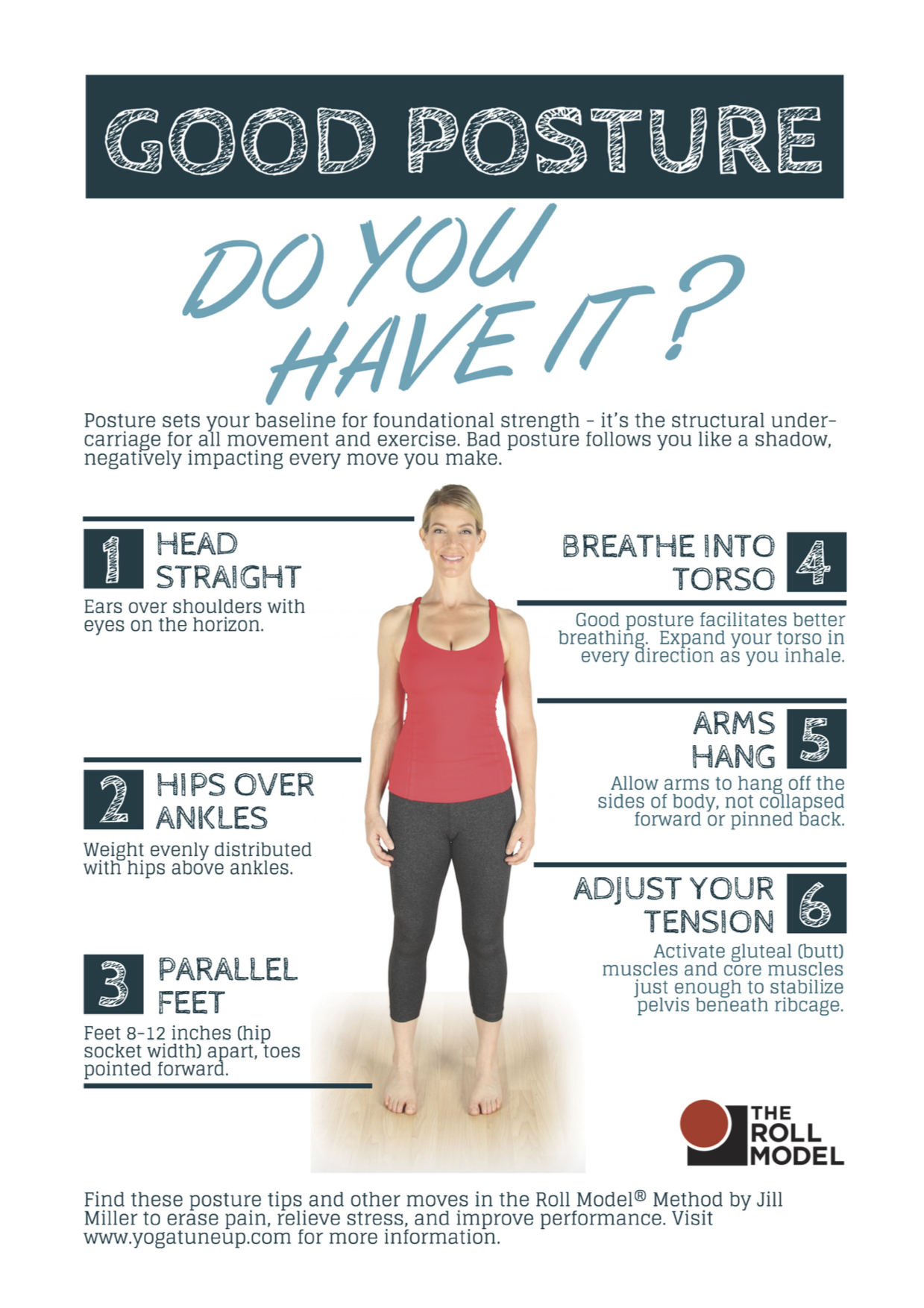



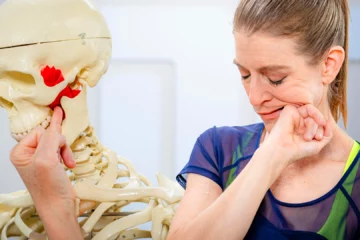
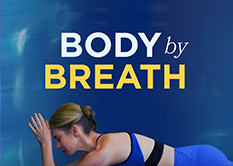



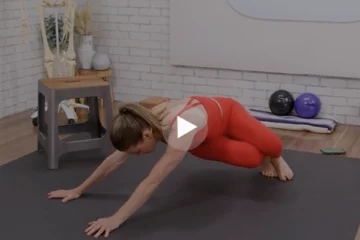
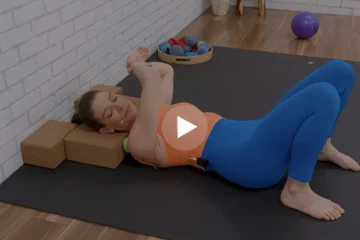


So much of a meditation practice is about cultivating “awareness”. What’s going on in the mind, what are the patterns and flow of thoughts and emotions? Yoga Tune up is the one physical practice that has helped me bring this same state of awareness to my physical self. I’ve been challenged to understand the way my body is supposed to work, how I’m using it incorrectly and what I need to do to improve functioning. And not just during class. After practicing YTU for a couple years, I am now (almost) constantly aware of how I’m moving, standing and sitting. I make better choices for my body and do the hard work that I know needs to be done for optimal functioning. Nothing’s ever perfect and it’s always a work in progress, but the same is true for a meditation practice. We learn to work with acceptance of where we’re at, but with the intent of improving our wellbeing for the future.
This is a really great way to drop moments of mindfulness into your day – by simply stopping to observe your posture you step into the present moment allowing you to continue with renewed intention.
Thank you for posting this acronym- it’s a short and sweet post that I’ll not soon forget, and I’m happy to have another helpful tool in my toolbox to use as well as to teach my students!
I love the way you put it as a reminder of where we are and what we are doing with our bodies except when we are asleep! If only everybody has developed this kind of awareness, then our aches and pain would be lessoned or eradicated.
I love this — what a great way to add some more mindfulness and effective movement into our daily lives. I love the moments when I catch myself with poor posture and correct myself. I get such a rush of pride and feelings of well-being. I will definitely set a reminder on my phone to encourage this even more. Thanks for the great read!
So good, Dawn! And here’s an acronym that might be of service to Europop fans:
Assess
Breathe in
Breathe out
Again
L’essayer c’est l’adopter! Je pratique le STOP quelques fois par jour et ce petit rappel très simple de conscience posturale me rend créative quant à la façon d’effectuer mes tâches quotidiennes pour avoir un corps mieux alignés. Intéressant: le fait de mieux aligner ma tête par rapport à ma colonne vertébrale m’amène à utiliser MES YEUX davantage (pour préserver l’alignement, je baisse le regard quand mon objet d’attention se trouve plus bas, au lieu de baisser la tête systématiquement!). Merci, Dawn.
STOP is a great acronym! Something so simple that I can teach my clients…or text them during the day as a reminder.
The STOP acronym is a great reminder that I’ll post up on my desk and set reminders on my phone as well. I especially enjoyed the infographic – an easily accessible and brief overview of how to stand properly – which I’ll also post at my desk. Thank you! 🙂
I love the idea of STOP to help improve your body sense. Stop, Take a breath, Observe, Proceed. Very easy to remember and I look forward to introducing STOP not only in my classes but also to everyone in my life. Thanks for this great article. Simple yet clear.
“When you stop and take a breath, give yourself a moment to observe your posture from the inside out. When you’re ready to proceed, proceed with this new posture for as long as you can”
I love this! I have set an alarm on my phone. This STOP time is also a great time to check in with our emotions and see if there is anything that we need emotionally, more breaths, a hot cup of tea, a walk. This is a great way to bring our practice into daily life and off our mat.
This is wonderful. A great reminder to connect with your breath, your body, and your emotions. I plan on doing this, but also asking myself, how do you feel in this moment? Perhaps this is a good check in to see if there is something I need as well, whether that be additional breaths, a walk, a tea etc. Great article!
Thanks for sharing this, I love the STOP acronym. What a great tool for increasing proprioception and get proper posture too.
Love the STOP acronym. Easy way to remember these helpful and healthy tips. I’m going to try and do several “STOP” breaks during my day.
Sometimes we have to STOP in order to start. That’s one of my favorites and I love the idea of tying it it with a physical body posture check. Great article and infographic. Thanks for sharing!
What an important reminder! I love this meditation concept and the acronym. In our smartphone-crazed culture, it’s also vital that we STOP multiple times throughout the day for a posture check. I never realized how much I tilted my pelvis posteriorly until I started doing alignment-related work.
Will be taking this acronym and adding it to my daily practice as well as adding it to my dialog in my classes. Setting alarms is a great way to initiate forming new healthy habits. Great follow up to your previous post.
Yes! Didn’t even realize how often I’m externally rotating the hips in my stance. We aren’t penguins people!! Definitely don’t want to walk like them either. Great reminder of good posture. Thanks for the blog.
I’m going to definitely have to borrow and use the S.T.O.P acronym because unfortunately we have cultivated a culture that is GO, GO, GO….and we don’t ever STOP to check in with our mind & body to allow us to beware of our thoughts.
Being new to the concept of proprioception, I found this blog to be fascinating! thx for sharing 🙂
Quelle idée simple et qui peut changer beaucoup dans une journée! L’idée de l’appliquer avec des enfants, en classe, est tout aussi pertinente! Bravo pour le mélanger YTU et pleine conscience!
I think our daily habits make a huge difference in our body awareness and this exercise is useful in drawing attention to those habits. I think it will be effective because it draws attention to where we want our attention to be, and it does it right in the middle of our habitual behaviors. For example, if my posture alarm goes off while I washing dishes, I might realize that the way I usually stand during that activity is not good and over time the awareness will come more and more often, changing those habits bit by bit.
I really like the STOP acronym! The first step to changing anything is awareness.
I like the idea of setting a timer on your watch or phone every hour or so to check in with your awareness of your body. I often hear people say that they have a hard time learning good posture practices because they lack awareness of their bodies and aren’t used to focusing on maintaining good posture. I had the same issues when I first wanted to change my bodies habitual tendency to slouch. Having a little vibration on your phone every hour to remind you to STOP, check in, and be aware of yourself and how you’re holding your body would be extremely beneficial in reinforcing good alignment.
I absolutely love this acronym. I have been aware of my posture breath etc especially through TT training. As I learned Tadasana is something I can do while standing anywhere not just in yoga practice. this posture alone helps bring me back to breath, posture , observe and proceed. STOP is a great way to remind myself through inner dialogue throughout day.
I love your connection of YTU and mindfulness. I have used this acronym before with my 6th grade students while teaching a class on mindfulness (altho not calling it mindfulness because I work at a Catholic school).The STOP acronym is not only easy to remember but is a great way to drop in and do a body scan while bringing awareness to postural alignment as well. Fabulous!!
This is such a great article. I struggle mightily with this very problem of “forgetting” my posture…it drives me crazy…knowing just how important this is only adds fuel to the fire when I catch myself slouching! This Buddhist meditation acronym of STOP is wonderful; I took Dawn’s advice in consciously using this technique over the past week, and it has helped me immensely. Something so basic as observing one’s posture is hard at times, but, when made simple-with a tangible thought pattern to incorporate into your day, positive changes in your posture can become consistent. Great lesson learned, thank you Dawn.
I love the acronym! I personally think that it is very important that everyone takes a couple of minutes just to set reminders and breath through their hectic busy lives. Having mindfulness is something that I am trying to achieve and help my clients achieve as well. I believe the acronym and the wonderful reminder tips you gave would really help.
I need to utilize this technique in all areas of my life. Taking a breath, observing and lastly proceeding seems like a solid practice and mindful way of staying present. Adding the element of perfect posture makes it even more useful and special. Will try to remember this as I inevitably rush to and through an airport tonight.
I really like the idea of sharing this and spurring on a movement buddy by sending a reminder during the day. I have a standing desk at work and an app on my desktop which prompts me to stand and sit at different intervals. This can be one way I’ll be able to remember this acronym because though I do a lot of training, I don’t always focus on my breathing and posture at work.
I love this simple, easy to remember technique for developing proprioception and more mindfulness regularly throughout my day. It’s hard for me to remember this even when things get crazy, but if I can develop a pattern of STOPing at regular intervals, it will become a habit and tool I can access more easily when I need it the most!
Eventually, does this all become the habit, natural? Somedays this is so easy. And then days like today, I’m jetlagged, and phsyically so tired, I just want to fall into a crumple on the floor and it’s really hard! So, with time and working through yoga tune up, can this become your new normal, even when you’re feeling like I do now?
I can imagine STOP is what will help when I am feeling like this as well! Whew! As much as I try to check in, I like the process applied here.
I love the idea of using a timer to bring awareness to good posture not only in trying to cultivate it physically but also to how it actually feels. I’ve had many students (and I include myself here) need the eyes of a good teacher to point out compensations that to them (me) feel totally normal but in fact, are not aligned with good posture. I’ve spent years working on ridding me of a few bad postural habits – standing with feet pointing outward, hiked on one hip. I wish someone had taught us these fundamentals when we were kids.
Thank you for this suggestion, Dawn. I am always looking for ways to increase proprioception skills and this seems like a simple and easy practice to incorporate into daily life. I find that scanning and observing my body to be a very centering and adding in the awareness and adjustment of posture makes a lot of sense as an added practice.
Love the acronym STOP! I am encouraging more mindful movement and meditation in my own life as well as my clients. I think setting an hourly alarm is genius. We all need continious reminders to get out of our slumped postures not only so that we look healthy but to feel healthy and be able to breathe fully throughout the body. Slowing down, being present and observing all things with ourselves is something that I am working on improving. I deserve it and those that I love around me deserve it as well.
This is exactly how I start in preparation for performing or auditioning- combining a body scan with meditation and breath awareness is really an amazing way to get centered and focused for the task ahead, while managing the fight/flight symptoms.
Dawn thanks for this acronym and article. It’s a great concept that I will happily share with my students, and utilize myself!